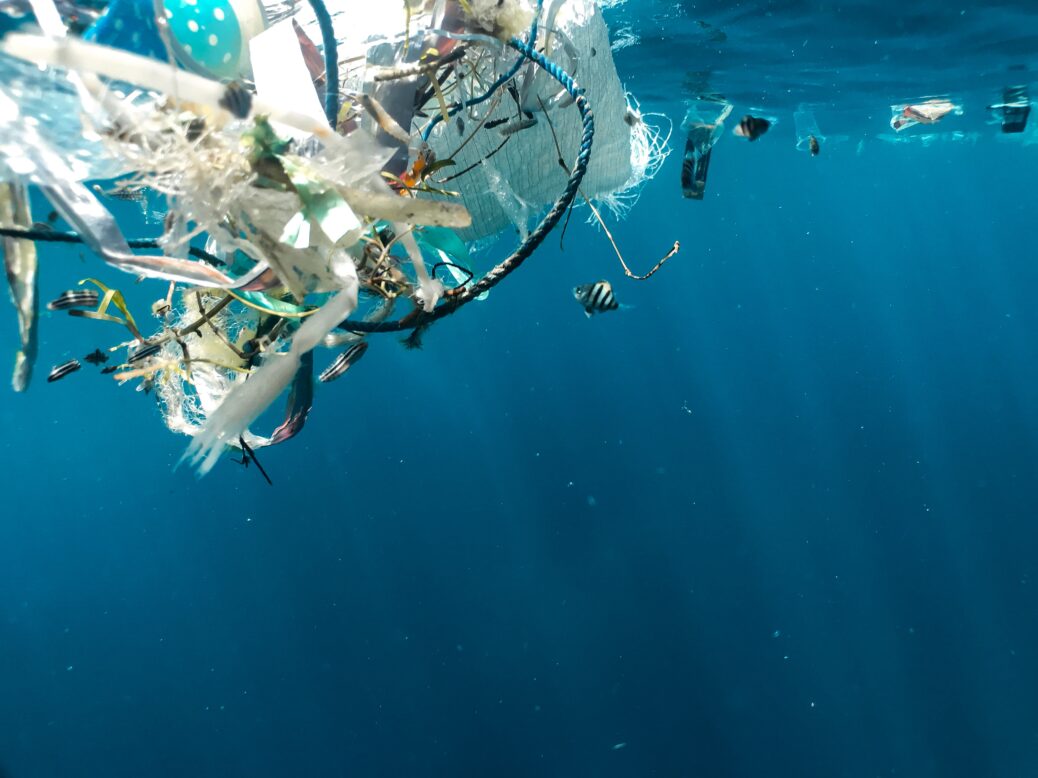What are Plastic Rocks?
A new and peculiar type of rock, containing plastics, has been discovered globally, underscoring the alarming extent of plastic pollution. These plastic rocks, found in 11 countries across five continents, result from the compression of rock and discarded plastic polymers. Here’s what you need to know about this concerning environmental issue.
Identification and Global Presence
These unique rocks, referred to as “plastistones,” “plastiglomerate,” “plasticrust,” and other terms, have been identified on coastlines and inland in various countries. Geologist Patricia Corcoran first reported “plastiglomerate” in Hawaii nearly a decade ago, and since then, they have been found in diverse environments.
Formation Mechanisms
Plastistones can form through various mechanisms, including burning during campfires or waste burning, physical adherence to rocks through wave action, and the chemical binding of plastic and rock material due to sunlight irradiation. These processes highlight the multifaceted nature of plastic rock formation.
Global Plastic Pollution
The discovery of plastistones serves as a stark reminder of the global plastic pollution crisis. Humans contribute approximately 22-48 million metric tonnes of plastic to the environment annually. The mass of plastic deposited has substantial geological significance, and the issue is becoming increasingly complex.
Environmental and Ecological Impact
Plastic rocks alter microbial communities within the soil and nearby environments, impacting local ecosystems. The phenomenon poses ecological risks, with lower microbial diversity observed in plastistones compared to adjacent soil. The release of microplastics from plastistones is a significant concern, spreading across the environment and potentially affecting marine life and humans.
Long-Term Presence
Plastistones are expected to persist as part of natural geographical processes, particularly in areas with high plastic pollution. They are likely to increase in locations such as cities, agricultural soils, and plastic waste dumping sites. The long-term environmental implications of plastistones remain a subject of ongoing research.
Health Concerns
The shedding of microplastics from plastistones poses health risks as these tiny particles have the potential to enter the food chain. Microplastics released into the ocean may reach higher trophic levels, impacting marine mammals and humans through edible fish. The complexity of the plastic pollution problem highlights the need for comprehensive solutions and increased awareness.
Month: Current Affairs - December, 2023
Category: Environment Current Affairs








